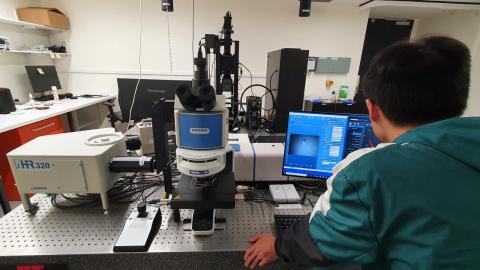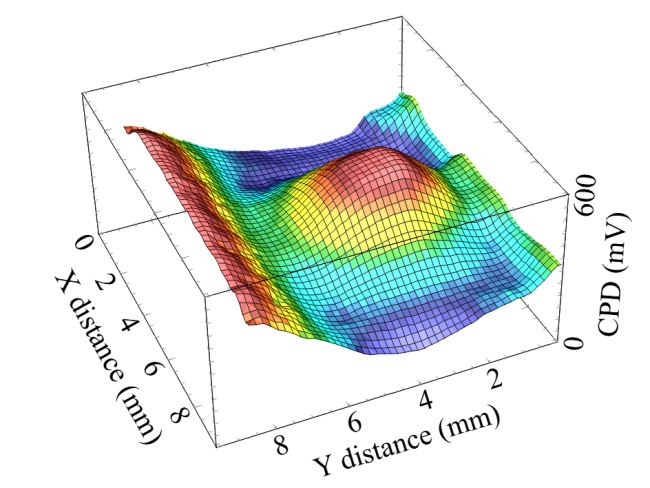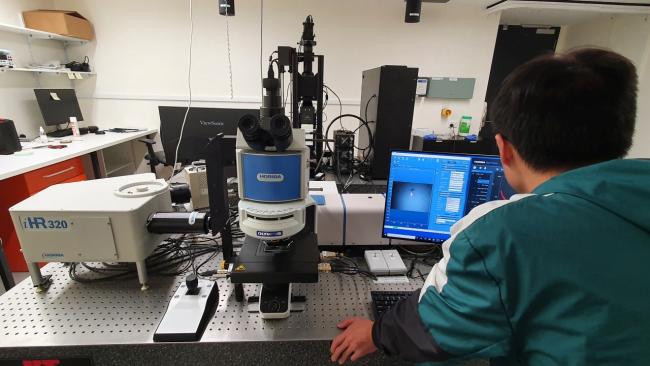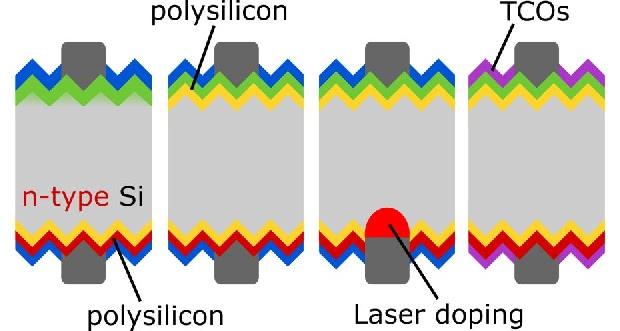Characterisation & Simulation

Innovation in science and technology relies on characterization and modelling, which are crucial for all levels of research in solar cell technology. By understanding material properties in initial stages and during fabrication, we can identify potential issues early on and develop better materials and structures for increased efficiency and lower manufacturing costs. At ANU, our goal is to develop reliable measurement and analytical methods, including theoretical modelling, to evaluate critical properties of solar cells and materials. We aim to enhance efficiency, durability, and manufacturability of photovoltaic devices by capturing properties at various levels, from microscopic to full cell and module, using fast and reliable monitoring techniques.
Interface & Surface Analysis
Understanding surface and interface properties is key to engineering passivation and contact structures that can enable high-efficiency solar cells. Within this area we investigate the application of techniques such as capacitance–voltage, impedance spectroscopy, Kelvin probe, and surface photovoltage measurements, to characterise the electronic and energetic properties of surfaces and interfaces in solar cells and correlate these with solar cell performance.

Solar Cell Characterisation and Simulation
We employ a range of optoelectronic characterisation methods to provide a comprehensive characterisation of silicon solar cell performance, including standard test conditions measurements of cell IV, Suns-Voc, quantum efficiency measurements, spectrophotometry, contact resistance measurements, PL imaging, etc. The detailed characterisation allows us to precisely diagnose any issues that may impact the performance of solar cells.
In conjunction with advanced 3D cell simulation, these characterization techniques enable us to accurately identify bottlenecks in solar cell performance. This valuable insight provides guidance for targeted improvements, allowing us to focus our efforts where they will have the greatest impact. Accurate cell characterization and simulation are also pivotal in facilitating rapid testing and exploration of new solar cell designs. This streamlined process significantly reduces the time required for design and optimization phases, enhancing overall efficiency.
Optical & Electrical
Optoelectronic properties play a crucial role in solar cell performance. Understanding the complex relationship between material growth, processing, and the final device's optoelectronic performance requires in-depth measurements of various parameters. In this research area, our focus is on developing innovative methodologies for direct assessments of key optoelectronic properties at different fabrication stages. This includes reliable performance measurements of materials, complete devices and modules, such as light absorption and emission, minority carrier lifetimes, current-voltage characteristics, parasitic resistances, quantum efficiencies, and more.
Imaging & Microscopy
Imaging and microscopy are powerful tools for optimizing devices by connecting nanoscale and microscale material properties to macroscale device performance. At ANU, we utilize cutting-edge imaging and mapping techniques to access structural and optoelectronic properties of photovoltaic devices across multiple scales. Our research focus is on developing integrated multi-scale approaches that combine full-size and microscopic imaging capabilities as a suite of complementary techniques. These approaches target local parameters at an ultra-small scale that can impact the global properties of materials and devices. Additionally, they enable us to trace the root causes of problems from the module and device level down to microscale defects.

Simulation & Modelling
Simulation and modelling tools are crucial for gaining a deeper understanding of measurement results and quantitatively assessing structure-property relationships to facilitate the development of high-performance solar devices. For instance, to optimize high-efficiency devices, modeling is necessary to analyze individual losses at each component and layer of a solar cell based on standard optical and electrical measurements. The primary objective of this research area is to develop advanced simulation and modelling tools that support the development of high-efficiency, durable solar cells. These tools are essential for understanding the complexities of solar cell and module structures and their behavior under field conditions.
